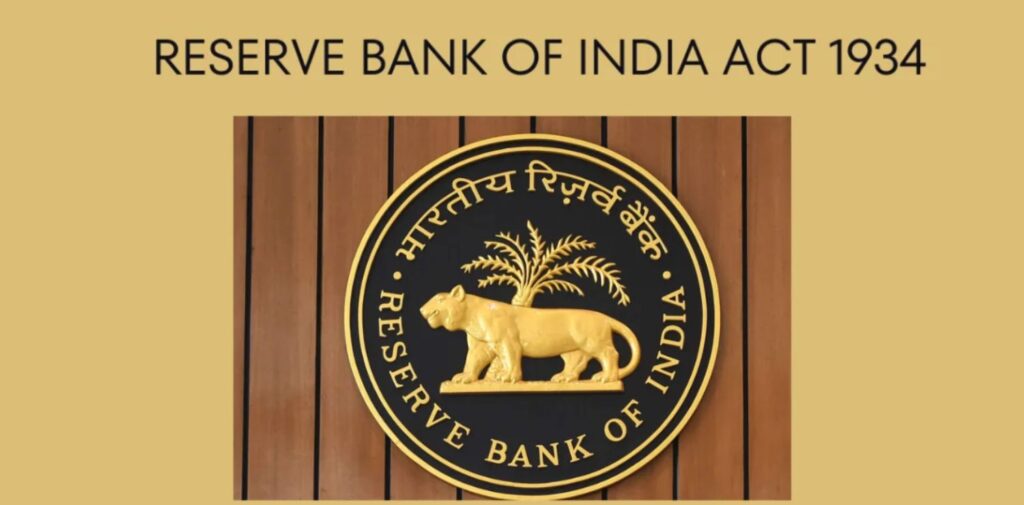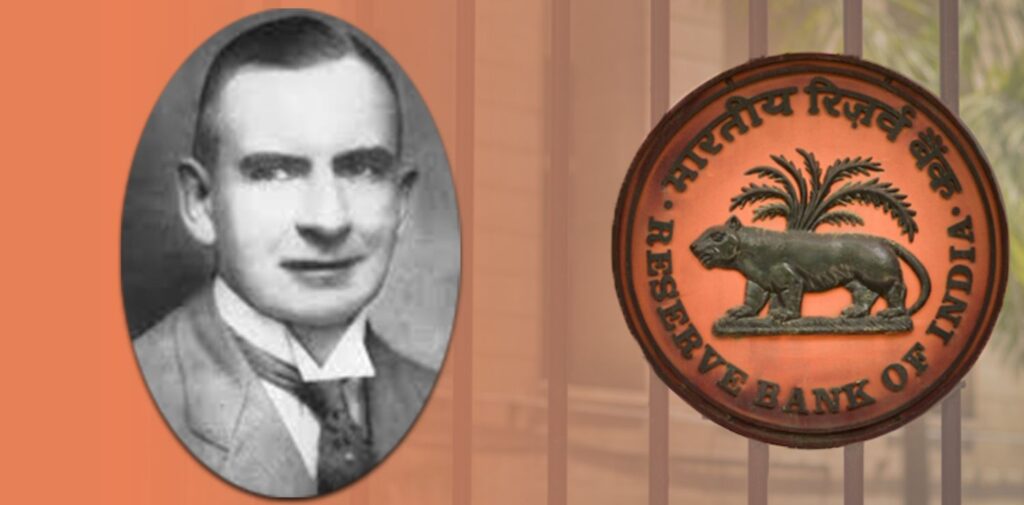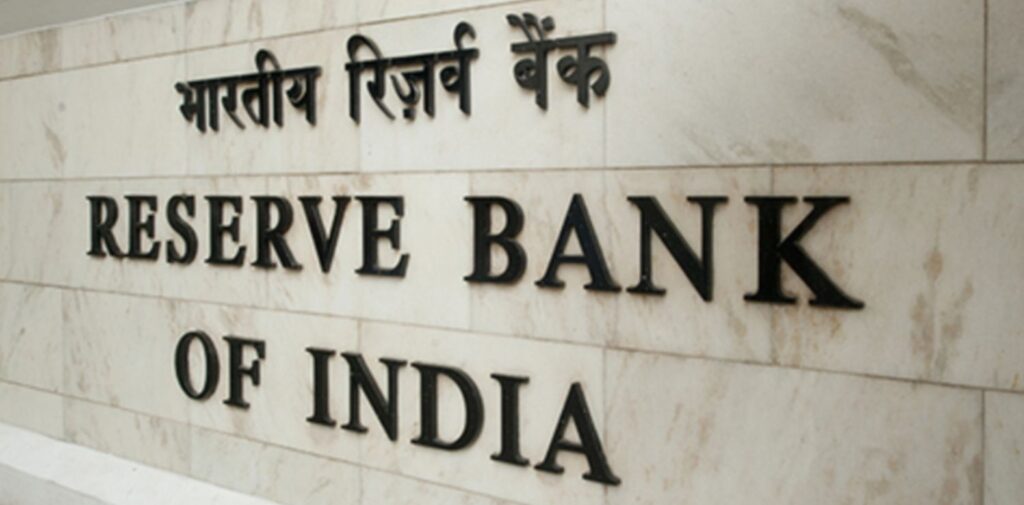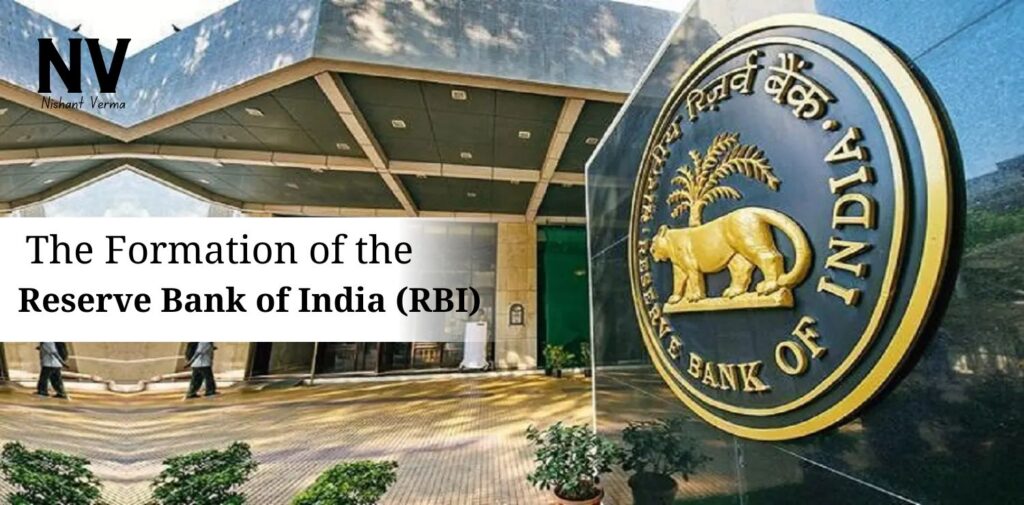The Reserve Bank of India (RBI) is the central banking institution of India. It plays a crucial role in managing the country’s monetary policy, regulating banks, and ensuring financial stability. The RBI was established in 1935, during British rule in India, and has since evolved to become one of the most important financial institutions in the country. In this article, we will explore the history behind the formation of the RBI, its objectives, and its first governor, among other aspects.
Background: Need for a Central Bank
Before the RBI was established, India did not have a central bank that could manage the country’s monetary system. Various commercial banks operated in the country, but there was no single institution responsible for regulating currency, managing government debts, or controlling inflation.
During the British colonial period, India’s currency system was controlled by the British government through the Imperial Bank of India, which was not dedicated to the country’s financial needs. The British authorities often made financial decisions that benefited British interests, rather than focusing on India’s economic growth. This created several challenges for the Indian economy, including financial instability, inefficient banking systems, and a lack of centralized control over the currency and credit systems.

The Need for a Central Bank in India
As India began to industrialize, the need for a central banking institution became more apparent. A central bank was essential for managing the growing complexities of the Indian economy, including:
- Currency management: A central institution was needed to issue and regulate the country’s currency, ensuring that there was enough money in circulation without causing inflation or deflation.
- Banking regulations: A central bank could supervise commercial banks, making sure that they followed sound banking practices.
- Economic stability: With India’s growing economy, a central bank could help stabilize the economy through monetary policy and manage inflation and interest rates.
The idea of having a central bank was supported by several prominent economists and financial experts at the time, who believed that a central institution could help the country achieve greater financial stability.

The Reserve Bank of India Act, 1934
The formation of the RBI was made possible by the passage of the Reserve Bank of India Act in 1934. The Act laid down the foundation for the creation of the Reserve Bank and its operations in India. The key points of this Act were:
- Establishment of the RBI: The RBI was established as a private company under the Indian Companies Act of 1913, with the initial capital provided by private investors.
- Monetary Policy and Currency Regulation: The Act gave the RBI the responsibility of managing India’s currency, controlling inflation, and regulating the money supply.
- Role as Banker to the Government: The RBI was given the responsibility to act as the banker to the Indian government and manage its debt and financial operations.
- Supervising Commercial Banks: The RBI was tasked with regulating commercial banks in India, ensuring that they followed sound practices and providing a framework for their operations.
In 1935, the Reserve Bank of India started its operations with its headquarters in Mumbai (then Bombay). While initially set up as a private bank, the RBI gradually became a government-owned institution, particularly after India gained independence in 1947.

The First Governor of RBI: Sir Osborne Smith
The first governor of the Reserve Bank of India was Sir Osborne Smith, a British national, who took office on April 1, 1935. Sir Osborne Smith was a distinguished banker who had previously worked with the Bank of England. He played a key role in setting up the RBI’s operations and making it functional.
Under his leadership, the RBI focused on stabilizing the financial system in India, managing the currency, and establishing the infrastructure necessary for a central banking institution. Sir Osborne Smith’s tenure, however, was short-lived, and he resigned in 1937 due to differences with the government on certain policies.
Following Sir Osborne Smith’s resignation, Sir James Taylor, another British national, took over as the second Governor of the RBI. Sir James Taylor’s leadership also proved significant in shaping the early years of the RBI.
Key Developments in RBI’s Early Years
During the early years after its establishment, the RBI played a critical role in India’s economic and financial systems. Some of the key developments during its early years were:
- Currency Control: The RBI took control of the issuance of currency notes and began managing India’s money supply, replacing the existing system where the Imperial Bank had issued currency.
- World War II: The Second World War (1939-1945) had a major impact on India’s economy. The RBI had to manage the country’s finances during this period, and the central bank became increasingly involved in the country’s financial and economic planning.
- Indian Independence: After India gained independence in 1947, the RBI’s role evolved further. The Indian government nationalized the RBI in 1949, giving it full control over India’s monetary system. The RBI started to focus on fostering economic growth, controlling inflation, and managing the financial stability of the country.

Post-Independence Role of RBI
After independence, the RBI continued to play a significant role in India’s economic development. It was responsible for managing the country’s currency and credit system. As the Indian economy grew, the RBI had to adapt and respond to new challenges, including controlling inflation, stabilizing the rupee, and supporting government initiatives to promote industrialization and development.
In the years following independence, the RBI was also tasked with supporting the government’s economic policies, including:
- Managing the money supply to control inflation.
- Providing credit to key sectors like agriculture and industry.
- Promoting financial inclusion by ensuring that banking services reached more people, particularly in rural areas.
Over the years, the RBI has continued to evolve and adapt to the changing needs of India’s economy.
Conclusion
The formation of the Reserve Bank of India in 1935 was a milestone in India’s financial history. The RBI was created to manage the country’s currency, stabilize the economy, and ensure that India’s banking system functioned effectively. The first governor, Sir Osborne Smith, laid the foundation for the RBI’s operations, and subsequent governors played key roles in shaping the central bank’s policies.
The RBI’s establishment marked the beginning of a new era in India’s financial management. Today, the RBI continues to be at the heart of India’s financial system, regulating banks, managing monetary policy, and ensuring economic stability. Over the decades, the RBI has grown to become one of the most influential central banks in the world, adapting to the needs of a modern economy and working towards the long-term prosperity of the nation.




